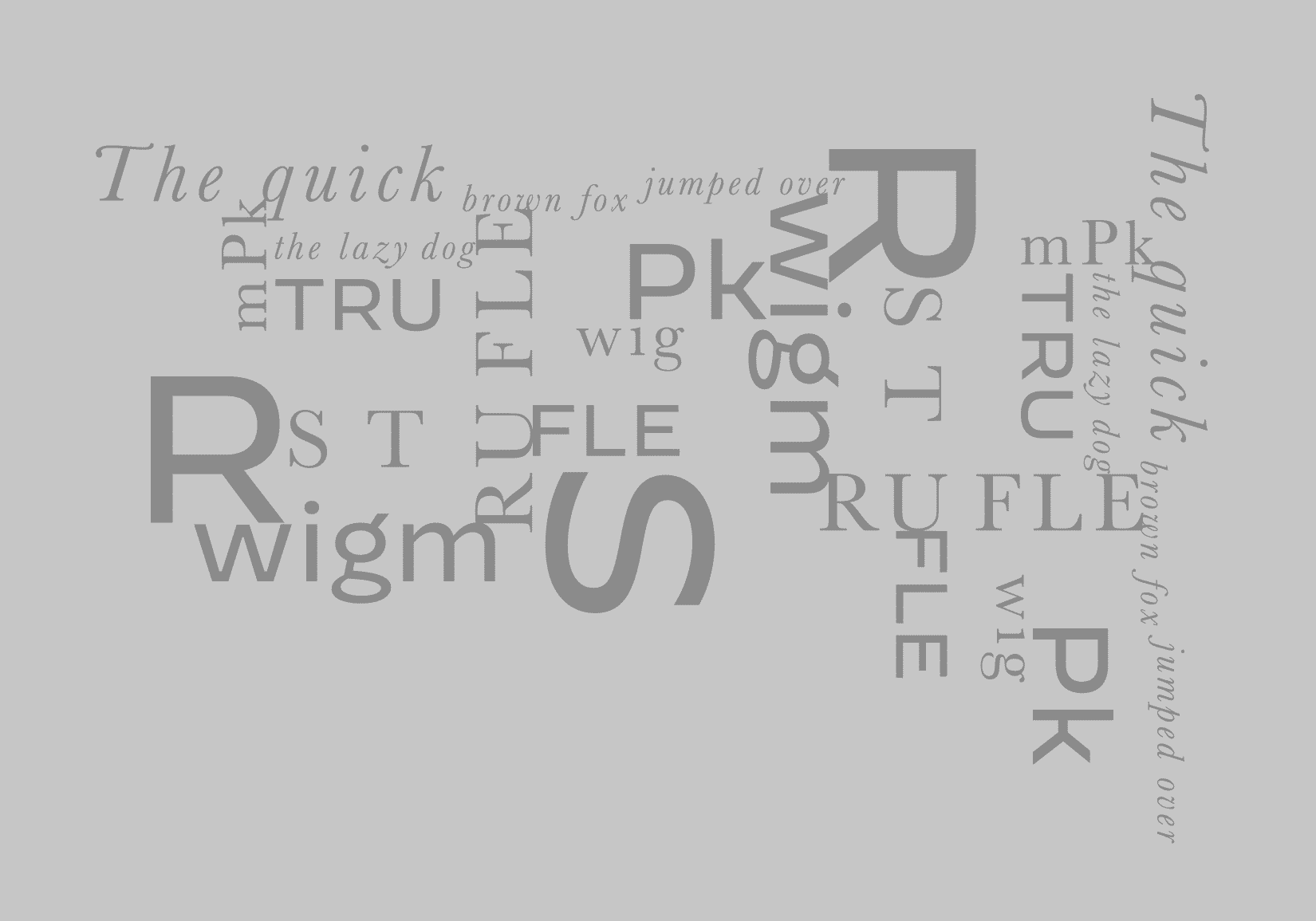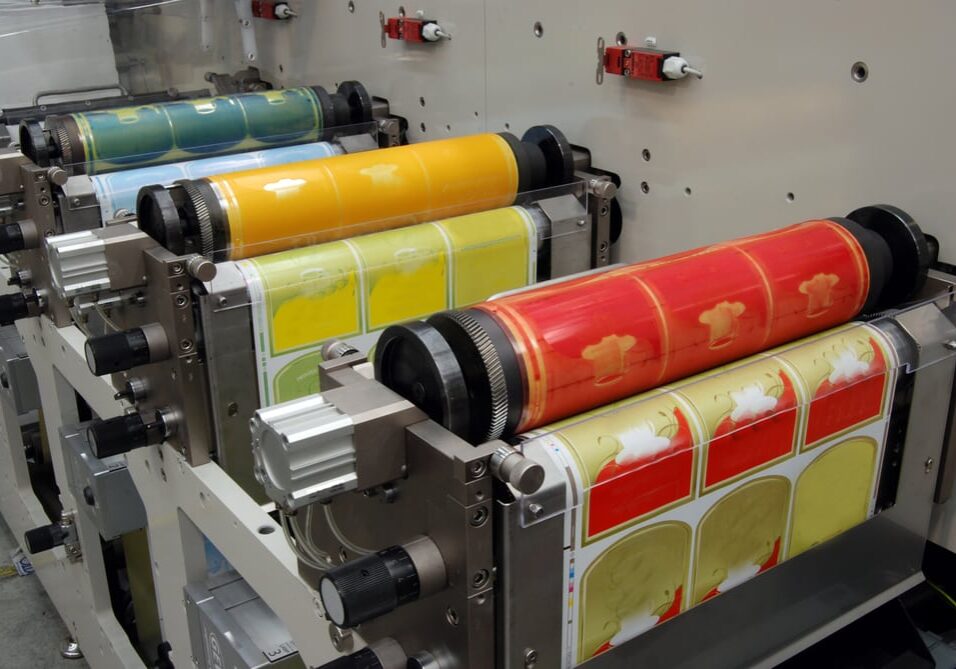Digital printing is probably what most people are most familiar with, since you probably have one at home. Inkjet printers and laser printers are found in many homes, schools, and offices. Of course, these are generally consumer-level digital printers. For digital printing, images are sent directly to the printer using digital files, as opposed to how offset printing works. This process eliminates the need for any printing plates, which are used in other types of printing. So, when is digital printing your best choice for the job?
When you are short on time. Since there are no printing plates to prepare, there are significantly fewer steps in the digital printing process. As a result, the final product can be delivered quicker.
When cost is an issue. Once again, because printing plates are not required, there is less investment involved to set up a single job. You aren’t short changing yourself either. Digital printing also offers up impressive consistency and quality results, when using commercially available resources.
When you only require a short run. Digital printing is the ideal method of producing short to medium print runs compared to traditional methods. If you just need one print, no problem.
When you require customization. For some printing projects, you need accurate, up-to-date content that always needs changing. Or, maybe you just need to correct a mistake? Digital printing provides the most affordable solution to customize marketing materials, direct mail pieces and letters, business cards, and more.

What is the Difference Between Serif and Sans-Serif Typefaces?
You may have heard the terms serif and sans-serif before, but do you know what those terms actually mean? In typography, a serif is a small line, stroke, or other decorative flair regularly attached to the end of a larger stroke in a letter or symbol within a particular font or family of fonts. “Sans”…

The Future of Branding: How Technology is Shaping the Industry
Executive Summary As we move further into the digital age, technology continues to revolutionize the branding landscape. This white paper will examine the key technological developments shaping the future of branding and discuss how businesses can leverage these advancements to create stronger brand identities, enhance customer experiences, and maintain a competitive edge. Topics covered include…

Avoid These 6 Branding Mistakes
In today’s highly competitive market, a strong brand presence is essential for any business to thrive. But building and maintaining a powerful brand is no easy feat. It requires careful attention to detail, strategic planning, and consistency. Unfortunately, many businesses falter by making critical branding and marketing mistakes that can hinder their long-term success. From…

Typefaces & Fonts Do More Than Transmit Words
Do the typefaces and fonts you choose for your brand materials matter? As long as it’s in a language the audience understands, they’ll get the intended message, right? Wrong. Typefaces and fonts are essentially the shapes of the letters. Shapes are multi-sensory, meaning they affect more than one of your senses and can easily elicit…

Plan it, make it, stretch it, wrap it, ink it, spin it, long print run it : Flexographic
Flexographic printing is a form of direct relief printing that is characterized by the use of flexible printing plates. In the past, these printing plates were always made of rubber, whereas today, flexible photopolymer printing plates might also be used. These plates have a slightly raised image of the content on them, they’re inked, and…

What is Typography?
Essentially, typography is the visual component of the written word. It is the technique, and art, of arranging letters in a way that makes the text legible, clear, and visually appealing to the reader. Typography involves the structure, size, weight, and style of the characters. It also considers the amount of space between the letters,…

8 Signs You Need to Update Your Brand
In today’s ever-changing business landscape, it’s important for companies to continually assess and update their brand to remain relevant and competitive. A brand is more than just a logo; it’s the perception that customers have of your business. Therefore, if your brand is outdated or suffering from negative perceptions, it’s time to re-evaluate and refresh…

The Foundations of Branding
The foundations of your brand is your logo, your messaging, website, imagery and promotional materials. Keeping a consistent brand is critically necessary when it comes to building brand equity. Brand equity adds value to your company based on the core values you promote, and comes in the form of perceived quality. Brand consistency is key…

